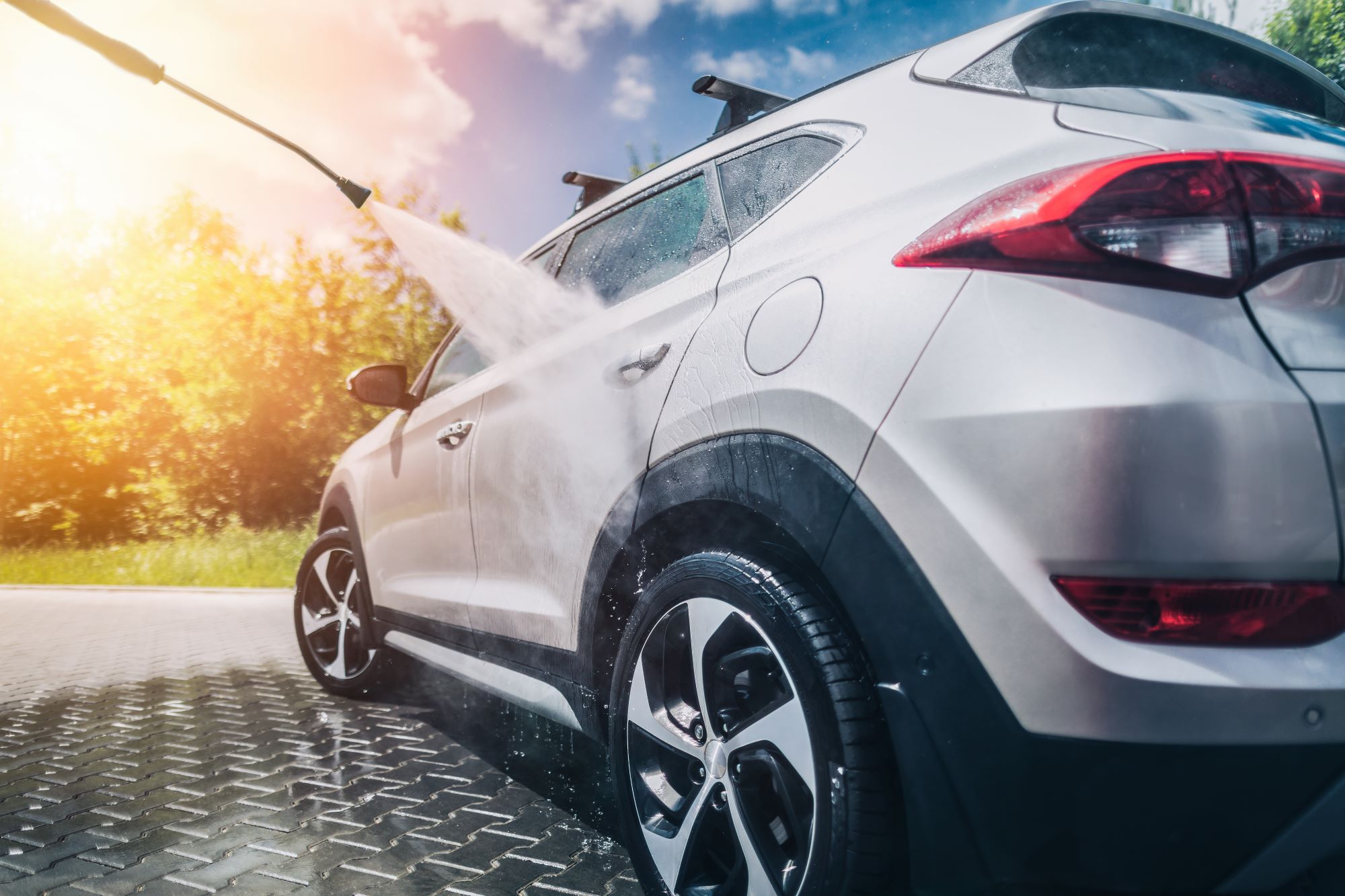A big fear among motorists trading in their cars for new ones is that they won’t get what they believe their car is really worth and that they could potentially be losing out on hundreds of euro. When an ordinary seller trading in their car doesn’t get what they want for it, they may either feel like they’re being cheated by a dealer or that they’re missing out on some trick that could have helped them realise their car’s real value.
Usually, neither is true and the price a seller is offered for their car is dependent on prevailing market conditions and things like the number of used cars a dealer has in stock. There are, however, a few ways in which sellers can give themselves the best chance of getting what their car is actually worth, and while some might require a little legwork, achieving the most money for your old car can potentially mean lower finance payments on a new model.
Know what your car is worth
When researching how much your car is actually worth, your first stop should be an online valuation tool such as Carzone’s very own. That should give you a ballpark figure of how much your car is likely to be worth on the open market. Take a look at other cars of the same make, model, year and condition as yours too and see how they’re priced. Don’t pay too much heed to dealer prices though as they’re not likely to be especially relevant to the trade-in value of your car. A dealer needs to cover their costs and make a profit on top of that, so whatever price at which they may be selling a used car, the trade-in value of a similar car is going to be much lower.
Make sure your car looks its best
First impressions are important, so make sure your car looks clean and well-maintained inside and out. If you don’t feel particularly inclined to break out the polish and detailing brushes yourself, it’s worth having your car professionally valeted. At around €150-200, this isn’t especially expensive considering the time and effort that goes into it, and it’ll leave your car looking its best, immediately increasing its forecourt appeal. If your car has any minor dents or scratch, consider having them dealt with, but definitely don’t plough very much money into trying to get your car back into factory fresh condition — you’re not likely to make it back when you go to trade in your car.

Have your paperwork in order
During your ownership period, it’s worth keeping any receipts for parts or work done on the car as it provides a useful record that the car has been well maintained, thus increasing its potential future trade-in value. Try to get your owner’s manual stamped every time you get your car serviced as having a full service history is a big deal when selling on a used car.
Get multiple quotes
Don’t immediately run with the first quote you get from a dealer. Ring around a few different places to see which of them will offer you the most money for your car. How much a dealer is willing to pay is dependent on what second-hand cars they have in stock at any given point and how much demand there is for the make and model you’re trading in. This is likely to vary depending on the dealer, so that’s why it’s worth soliciting a few different offers.
Get the trade-in price as a single deal
Most sellers trade in their car for a newer model from the dealer, and so trade-in values are usually based on that premise. While a dealer may offer you a good deal on a new car, it may be at the expense of the trade-in value of your old one. The dealer offering you the best price for your old car may also not be the one from whom you want to buy your new car. If trade-in value is your overriding concern, negotiate your trade-in separately from any new car purchase. Remember though (especially if you’re dealing with the same business), what you stand to gain by trading in your old car for a higher value, you may lose on the higher purchase price of a new one.